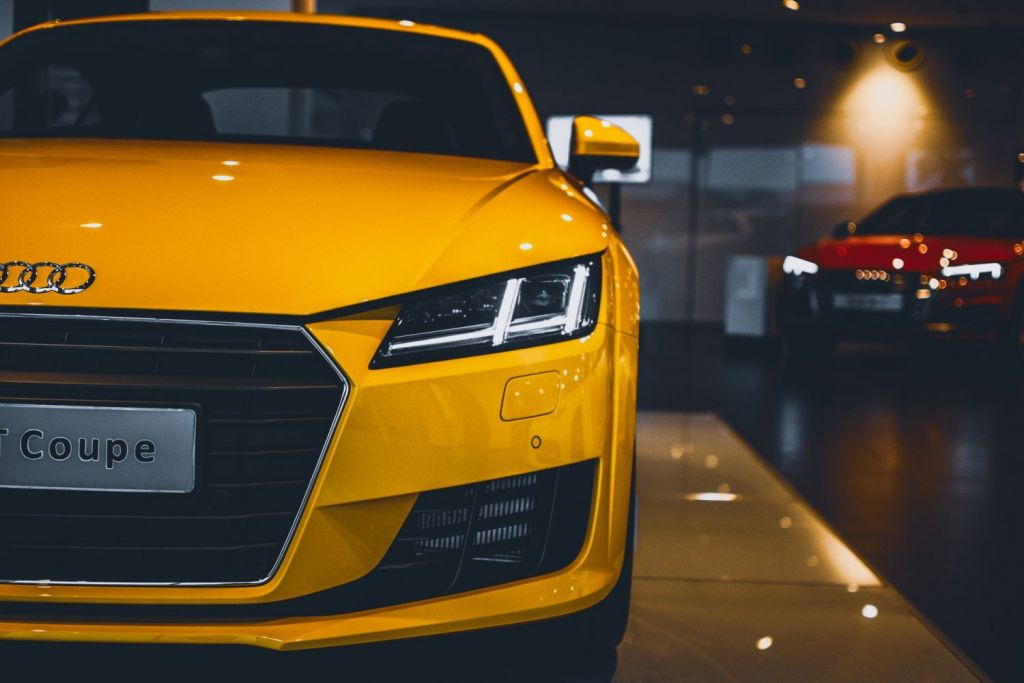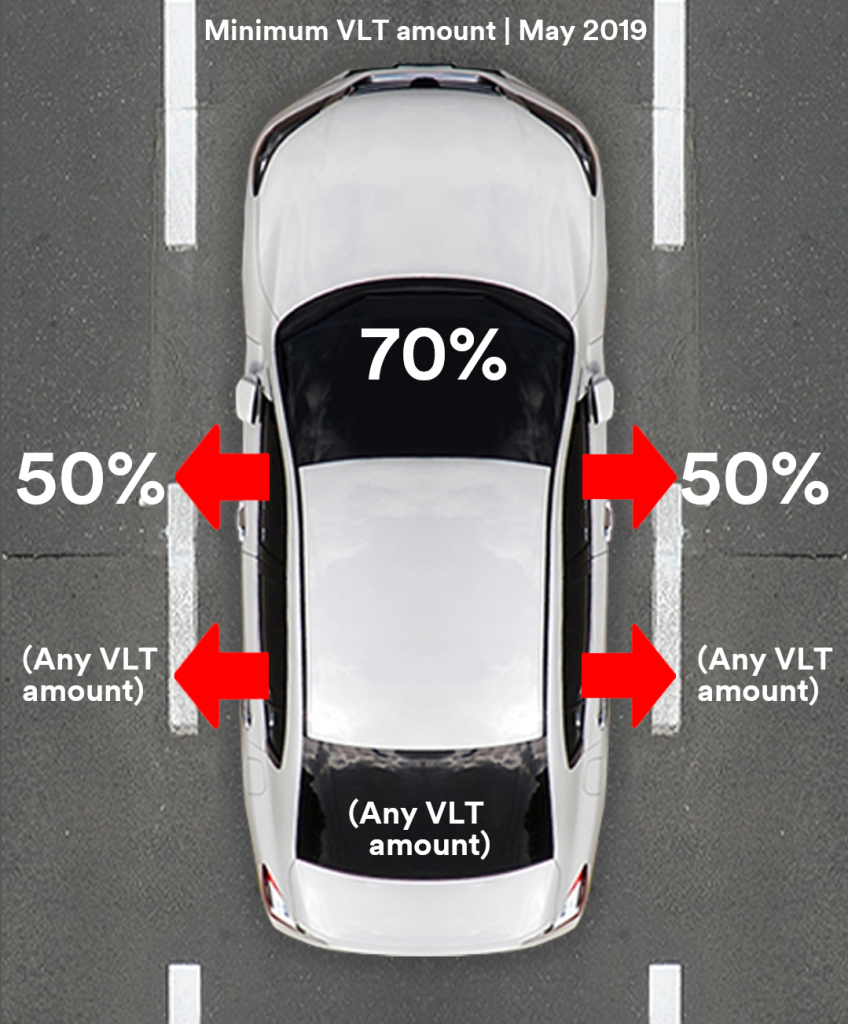Located near the equator, we Malaysians feel the heat all year round. With an average temperature of 28˚C, to an occasional heat wave of 35˚C in recent months, it’s no wonder why Malaysians generally prefer to stay indoors and away from the scorching heat. However, we still need to get things done and get from point A to point B. Now, have you ever driven or been in a car without any auto film? Then you’d probably be all too familiar with how uncomfortable it is and just how easy it is for sun damage to occur especially if you’re in for a long drive.
Besides causing a sweaty and uncomfortable drive, the sun also emits ultraviolet and infrared rays that can damage our skin and eyes as well. We often dismiss this as it is just an unpleasant feeling of heat until a problem occurs. But did you know that the main risk of premature skin aging, sunburn and skin cancer is due to the overexposure of ultraviolet rays from the sun? [1]
While cars do protect us from the general elements, we are still exposed to the invisible dangers of the sunlight during our commute. This is where the role of auto film comes in, not just for the privacy of your vehicle, but to also offer you protection from the harmful rays. With a wide range of auto films in the market that come with various prices and standards, how does one go about in selecting the “right” auto film?
To begin, we must first understand:
Table of Contents
What is Visible Light Transmission (VLT) and Sun Protection Factor (SPF)?
Visible light transmission levels are normally represented in percentage which is equivalent to the percentage of visible light that enters the vehicle window. In other words, 30% VLT filters out 70% of visible light and only allows 30% of VLT to enter. The lower the percentage, the darker the window film. On the other hand, SPF is the measurement on how long the sunscreen will protect your skin from ultraviolet B (UVB) rays. UVB rays tend to damage the epidermis which is the skin’s outer layer. These are the 3 most common SPF levels seen on sun blocks:
- SPF 15 blocks 93% of UVB rays
- SPF 30 blocks 97% of UVB rays
- SPF 50 block 98% of UVB rays.[2]
To simplify it further, SPF 30 means the sunscreen will provide 30 times more protection than having no sunscreen.[3]
Low-Grade vs Quality film
Have you ever seen colour change, bubbles, warping or peeling on a car tint? It is often caused by low-grade tinting, which are more prone to the risk factors listed above. Additionally, the price could be a fraction of the more notable brands, but it may not protect you and your car interior from the harmful UV rays or even the heat. It is merely just for aesthetics. Low-grade films are available at almost any car accessory shops, but it often lacks quality, lifespan, protection and security. The normal cost for a quality tint will range from RM700 to RM5000 for an established auto film brand.
Basic protection features
As mentioned above, exposing your skin to the sun can lead to skin problems and in worst case scenarios, skin cancer. To prevent that, it is crucial to carefully select a film that provides the protection you need. A basic quality tint will have UV protection and heat rejection features at the very least. Most standard auto films block out 99% of UV rays.
Choose a trustworthy brand
Companies can make claims about their products but how do you know which are accurate? This is where research would prove to be extremely useful. Look-up for the product’s specification sheets online to back up their data or seek brands that have third-party accreditations. Brands like 3M auto films are recommended by the US skin cancer foundation, as they provide a total sun protection factor (SPF) of more than 1000 — 30 times higher than a top-grade sunscreen. The film’s high SPF level provides protection from the dangers of the sun’s UV rays, which includes sunburn, premature aging and skin cancer. By rejecting the radiation of UV light, auto films also help to protect the interior decoration of your vehicle from discolouring and cracking.
Keep cool and reduce fuel consumptions
It is important to note that auto films alone are unable to entirely block out heat from the interior of a vehicle and this is because other parts of the vehicle also absorb heat. However, with the help of good quality auto film, a significant amount of heat can be blocked out depending on the Total Solar Energy Rejected (TSER). TSER is a term you will often see on the brochures of auto films. It is equivalent to the heat rejected by the film. The higher the number, the more heat is rejected which in turn will cool down your car at a faster rate. As a result, it reduces the need to blast your air conditioning and may subsequently reduce fuel consumption for some cars.
Security and safety
Besides protecting the occupants of a vehicle from harmful UV rays, auto films can also prevent your windows from shattering into tiny pieces during an impact. Security films can hold broken glass pieces together and keep it from flying airborne which may cause collateral damage when an accident or robbery happens. In Malaysia, where smash-and-grab cases are rampant, security films prove to be helpful as it makes it more difficult and time-consuming for the crime to take place. Note that security films are not designed to be impenetrable in case rescue operations need to take place.
Warranty
Besides looking at the specifications an auto film provides you, you should also check if they provide a warranty for it. Most quality products come with a warranty from the manufacturer which is fulfilled by authorized dealers. In cases where the film has a defect or starts peeling within the warranty period, you should be able to make a claim. This is also why it is important to only purchase auto films from legitimate authorized dealers. A tip is to visit the brand’s website to check for the list of authorized dealers nearby your area. This is to ensure that you are still covered by the existing warranty even if that outlet is no longer in business. You should also compare the length and coverage of the warranty as some brands provide a longer period to offer long term value. This is why it is recommended to go for a trusted brand that has a good history of performance quality and after sales service.
Should I install metallized films?
Metallized films are a popular type of auto film in the market due to its fairly affordable price and proven quality. It might sound like the ideal choice, but metallized films come with certain issues. Due to the metallic compounds in the film, metallized films might interfere with GPS signals, mobile phone signals, RFID Tag, and even your auto gate signal. The other problem with metallized films is corrosion. Corrosion happens when metal is exposed to water and air, causing a chemical reaction. It affects the appearance of the film and even the heat rejection performance. Over time, the colour of the tint will change to purple or brown which eventually affects visibility. These are some things to consider if you are recommended a metallized film.
Darker film doesn’t mean better heat rejection
Firstly, check the current tint regulations before applying, to prevent trouble with local authorities. The current regulations for tinting in Malaysia are — 70% VLT for the windscreen, 50% VLT for the front side windows and any percentage for the rear windows. A darker film does not necessarily reflect heat better than a clear film. Heat rejection is calculated based TSER. So, when choosing a film to cool your car, keep in mind that darker tint doesn’t mean better heat rejection.
The debate of the best auto film is still subjective, as everyone has different preferences, budgets and needs. We hope these tips narrow down your choices and help you find an auto film that best suits your need!
About 3M Malaysia
Embodying a culture of innovation that transcends boundaries from electronics to safety and health care to industrial, 3M has been improving lives in Malaysia for more than 50 years. Founded in 1967, 3M Malaysia has grown from its humble beginnings with only 8 employees, to a company with over 300 employees. 3M’s presence in Malaysia includes a local business hub for operations, sales and marketing headquartered in Petaling Jaya, a Customer Innovation Center in Shah Alam, a manufacturing facility in Seremban and an office in Penang. For more information on 3M, please visit www.3m.com.my.
[1] Swierzewski, S. (2015). Harmful Effects of the Sun, Sun Damage – Sun Safety [online] Healthcommunities.com. Available at: http://www.healthcommunities.com/sun-safety/harmful-effects-of-the-sun.shtml [Accessed 24 May 2019].
[2] Consumerreports.org. (2015). What Does SPF Stand For? Consumer Reports. [online] Available at: https://www.consumerreports.org/cro/magazine/2015/05/what-does-spf-stand-for/index.htm [Accessed 24 May 2019].
[3] Tachibana, C. (2010). Probing Question: What does the SPF rating of sunscreen mean? | Penn State University. [online] Available at: https://news.psu.edu/story/141338/2010/06/01/research/probing-question-what-does-spf-rating-sunscreen-mean [Accessed 24 May 2019].

















